In Lao Cai land, where nature and people blend together, rice and corn are not only food, but also inspired by festivals and customs, creating a unique cultural identity. It is a journey to turn agricultural products into spiritual heritage, where people find beauty and spiritual values hidden deep in each "pearl" of the earth and sky.
The Tay people in Quy Mong commune celebrate the Long Tong festival every year. This is not only a spring festival but also a traditional agricultural ritual, opening the new planting season.

At the foot of the sacred mountain, carefully selected rice and corn from the previous crop become offerings to the mountain god, the stream god, and the Lady Temple. The Tay people believe that after the ceremony, these seeds are imbued with the blessings of the gods, and when sown, they will turn into a bountiful harvest.
Rice grains are therefore not only born from the soil, but also nourished by the beliefs and faith of the community. After the solemn ceremony, thousands of Tay, Dao, and Mong people joined in the graceful Dai Dam dance, their laughter echoing throughout the valley in the games of throwing con, tug of war, and pushing sticks.
If the Long Tong festival of the Tay people is colorful, the forest worshiping ritual of the Thai and Mong people has a quiet, sacred tone. For the Thai people in Muong Lo, the Xen Dong (forest worshiping) ceremony is proof of the concept that protecting the forest means protecting life.
Similarly, for the Mong people in Tan Hop, the forest worship ceremony is the most important ritual of the year. Both rituals have been listed in the National Intangible Cultural Heritage List. Under the canopy of the ancient tree, the shaman's prayers blend with the sound of the wind, thanking heaven and earth and praying for a bountiful harvest.
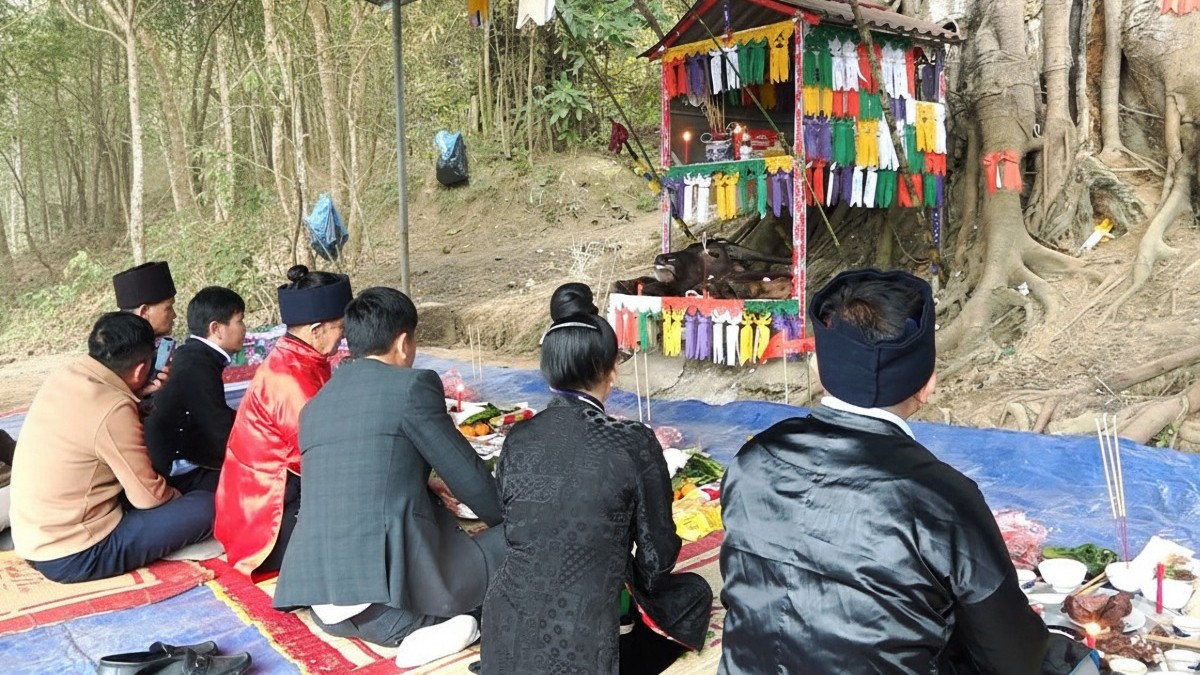
These rituals are not only a spiritual connection, but also a community oath to protect the forest together.
The above stories are just a slice of Lao Cai’s traditional cultural treasure. The value of agricultural products lies not only in productivity and quality, but also in the story and soul behind them.
When dressed in the clothes of festivals and legends, agricultural products are no longer simply grains of rice or corn, but become the story of an entire land. Each time enjoying, visitors feel the unique flavor, touching the depth of culture, where beliefs and faith have been nurtured through many generations.

From there, a new direction is opening up - that is agricultural tourism . Where people not only sell agricultural products, but also share cultural stories and experiences. Then, each product made not only has consumer value, but also becomes a message introducing Lao Cai culture to friends around the world.
Every autumn, when the terraced fields are in season, Tu Le valley bustles with Com Week - a unique cultural and tourist event.
Arriving in Tu Le early in the morning, visitors can feel the cool air and immerse themselves in the bustling rhythm of work. The sound of sickles cutting rice and the cheerful laughter of the Thai people echo throughout the fields.
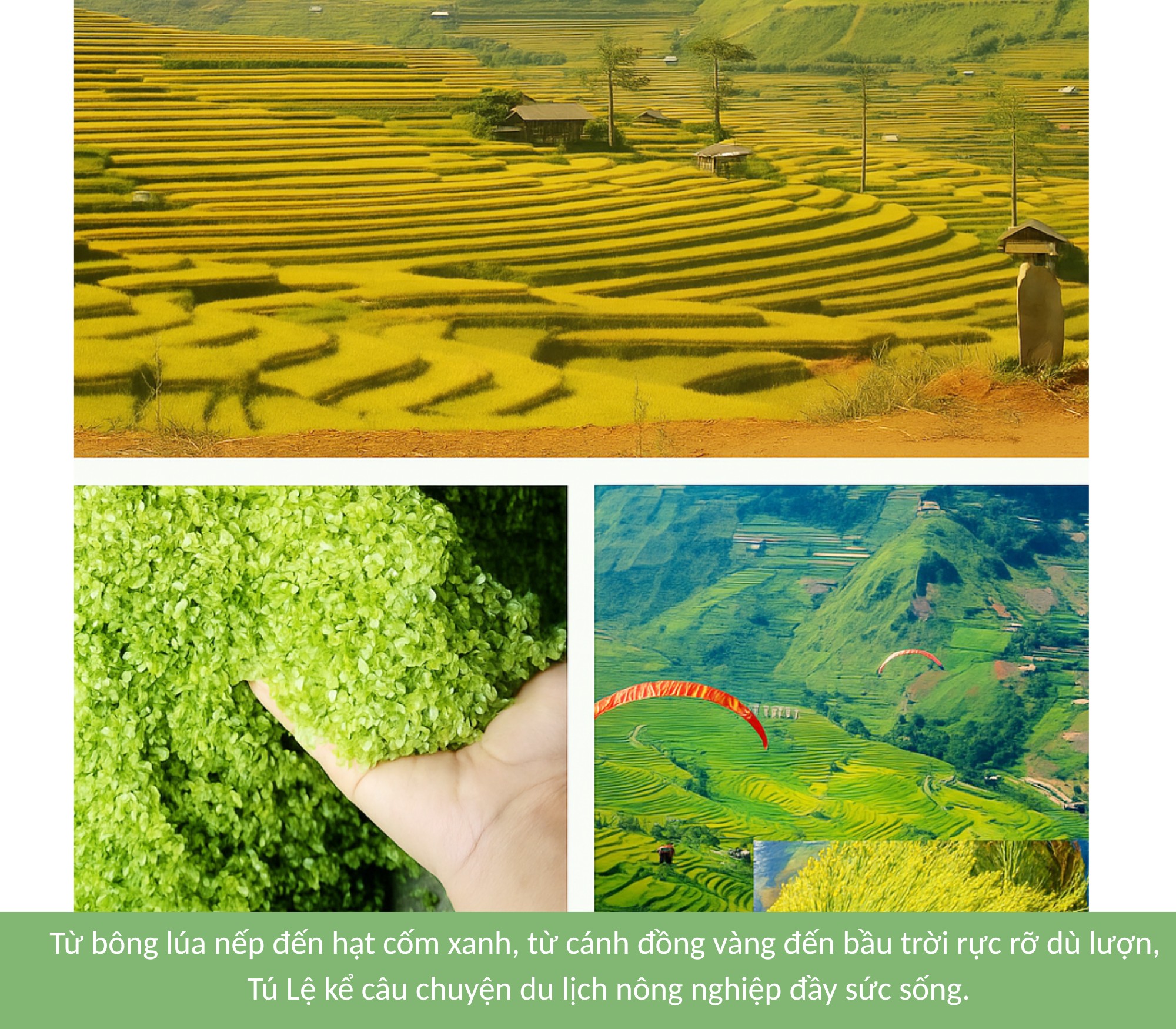
In the craft villages, visitors can directly participate in each stage of making green rice flakes: from the milky sticky rice grains roasted on a small fire, to the stone mortars with the rhythmic pounding of the pestles. Under the skillful hands of the people, each green, soft and fragrant green rice grain gradually appears, carrying the distinctive flavor of the mountains and forests.
Along with the new rice celebration ceremony expressing gratitude to heaven and earth, folk games and the paragliding festival "Flying over the golden season" have created a vibrant tourism picture, where cuisine, culture and sports blend together.
At that time, agricultural products are not only a product in meals, but also become experiences and memories in the journey of tourists. This is the added value, the direction for agriculture and culture to go together, to develop sustainably.
Lao Cai agricultural products are therefore outstanding not only because of their distinctive flavors, but also because of the legends, festivals and beliefs that have been nurtured over the centuries. Preserving and promoting these values is not only about preserving heritage, but also the “key” to creating unique products with their own unique and unmistakable mark. That is also the way for localities in the province to affirm their agricultural product brands associated with culture, conquering domestic and foreign markets.
Source: https://baolaocai.vn/khi-nong-san-hoa-quyen-vao-van-hoa-post883727.html


![[Photo] Super harvest moon shines brightly on Mid-Autumn Festival night around the world](https://vphoto.vietnam.vn/thumb/1200x675/vietnam/resource/IMAGE/2025/10/07/1759816565798_1759814567021-jpg.webp)





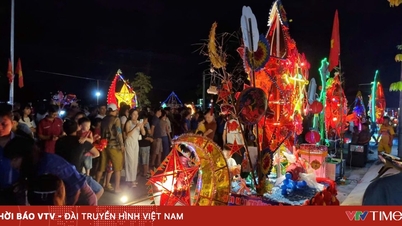

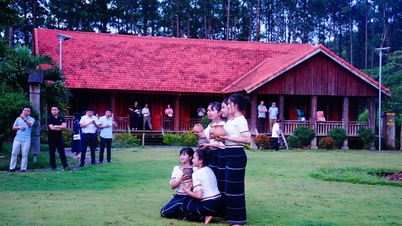



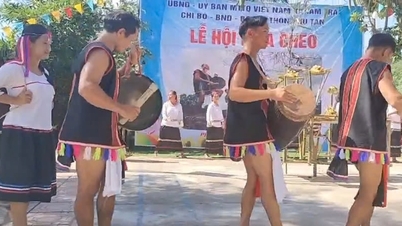



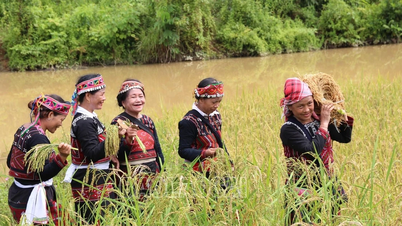



















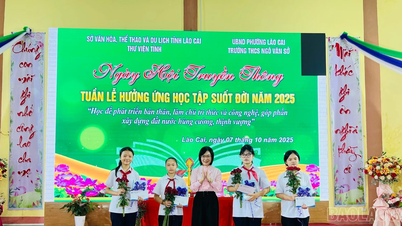
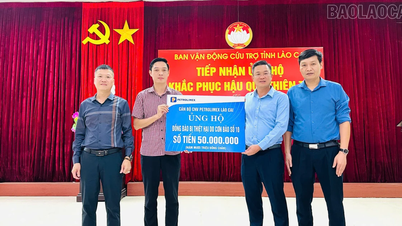

































































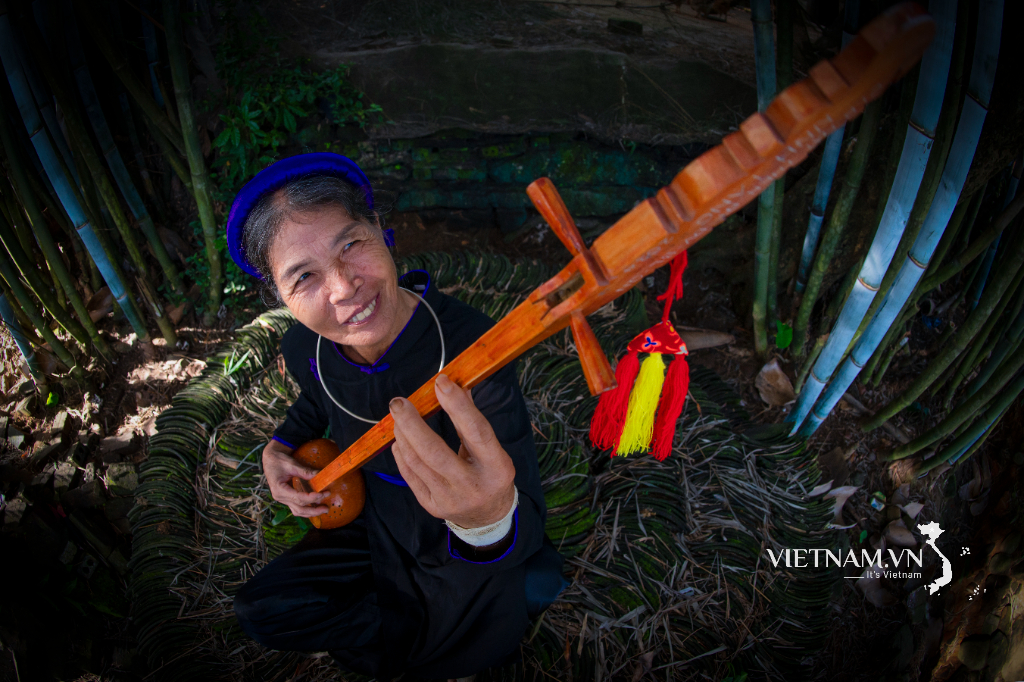


Comment (0)